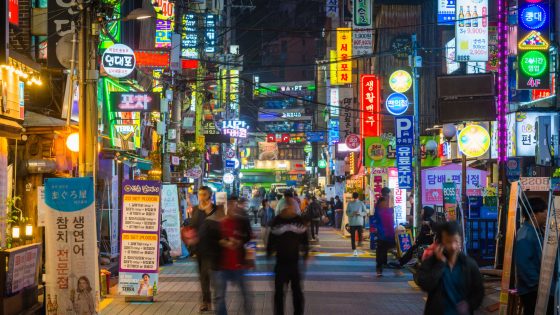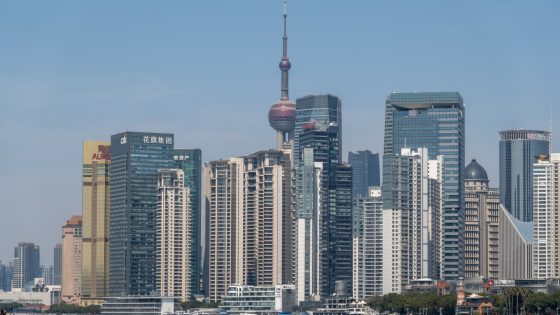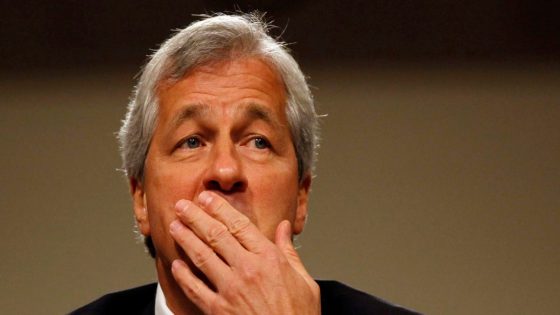On February 14, 2025, Asia-Pacific markets experienced mostly positive movements, following gains on Wall Street. President Donald Trump signed a reciprocal tariffs plan, which will not be enacted immediately, influencing market sentiment across the region.
- Sinchon features vibrant neon-lit streets.
- Asia-Pacific markets mostly rose on Friday.
- South Korea's unemployment rate at 2.9%.
- Hong Kong's Hang Seng index surged 2.24%.
- Singapore's economy grew 4.4% in 2024.
- Malaysia's GDP expanded 5.1% in 2024.
Asia-Pacific markets showed a mostly upward trend on February 14, 2025, as investors reacted to President Trump’s signing of a reciprocal tariffs plan. The South Korean Kospi index rose by 0.59%, while the small-cap Kosdaq advanced by 1.11%. In contrast, Japan’s Nikkei 225 index declined by 0.56%, reflecting a mixed performance in the region.
Key statistics from the day include:
- South Korea’s unemployment rate fell to 2.9% in January, down from a three-year high of 3.7% in December.
- Mainland China’s CSI 300 Index increased by 0.7%.
- Hong Kong’s Hang Seng index surged by 2.24%, continuing its upward momentum.
- Australia‘s S&P/ASX 200 rose by 0.37%, following an intra-day record in the previous session.
In India, the Nifty 50 index opened flat, while the BSE Sensex index showed a slight increase of 0.29%. Investors are awaiting the wholesale price inflation figures for January, expected to rise by 2.5%, surpassing the previous month’s 2.3% growth. In Southeast Asia, Singapore’s economy expanded by 4.4% in 2024, marking its fastest growth since 2021, with GDP growth of 5% year-on-year in the fourth quarter.
Overall, the Asia-Pacific markets reacted positively to the latest economic indicators and developments, with significant gains in South Korea and Hong Kong. This trend reflects a broader recovery in the region, driven by improved unemployment rates and economic growth forecasts.
































